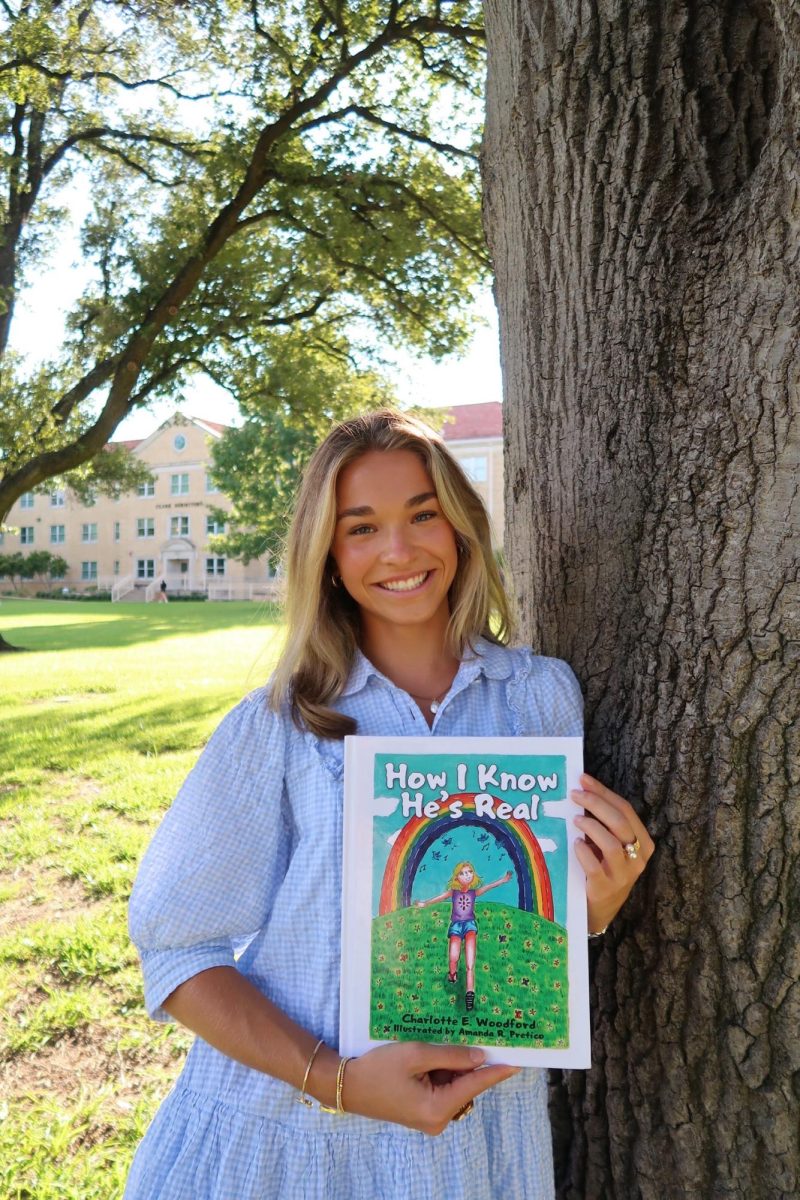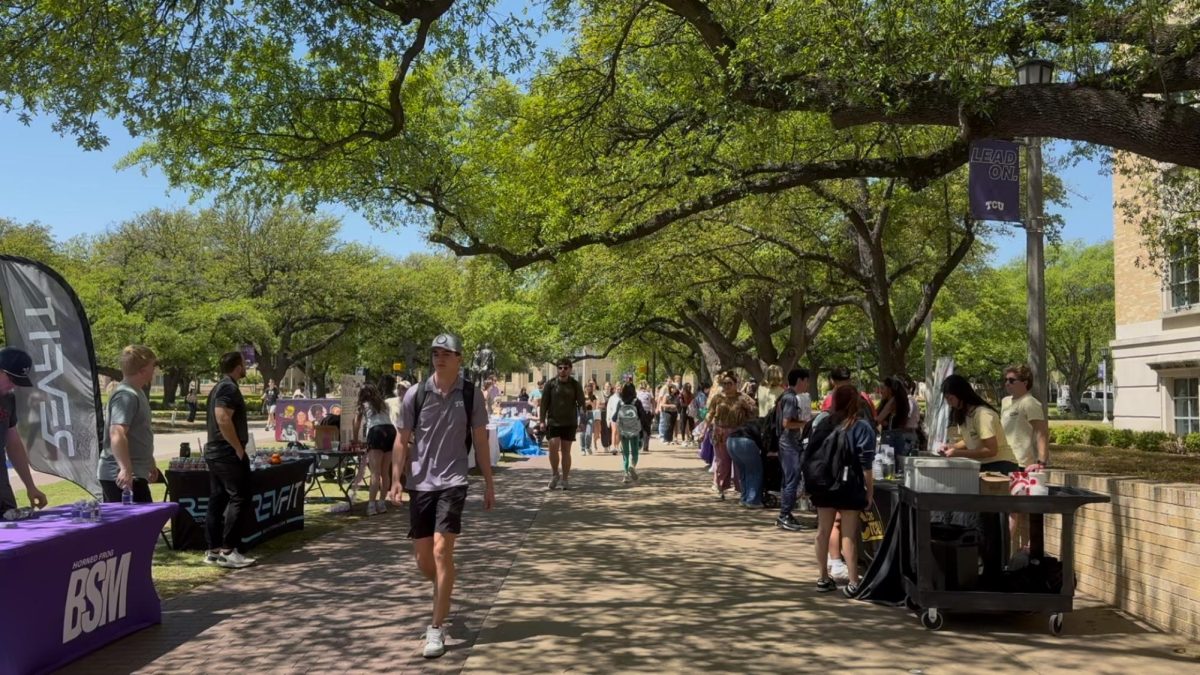Many professors challenge their students to walk a mile in their peer’s shoes. Not many challenge them to wheel a mile in their peer’s chairs.
Two professors in different departments are raising awareness about handicap access on campus through class assignments.
Wheelchair access is dear to Tamie Morgan, professor of professional practice from the school of geology, energy and the environment.
“I have a 28-year-old son who uses a wheelchair, so this has been something that has affected our family from the day he was born,” Morgan said.
Morgan said this inspired her to introduce a project. Her students must create a map in Google Earth that shows the wheelchair-accessible routes to landmarks on campus.
“It really just shows the students that for some people, getting around can be complicated. If you are in a wheelchair, you can’t cut through campus in ways that everyone else does,” Morgan said. “It impacts almost everything about your life.”
The campus route is viewable on Google Maps.
Linda Moore, professor from the department of social work, teaches the class social work and diversity. For the last 15 years, Moore has required her students to navigate campus in a wheelchair.
“I think most of the students really haven’t gotten a sense of what it means to have a disability that makes it difficult to get around physically,” Moore said.
Moore also uses the wheelchairs to teach about socioeconomic diversity.
“It is one that you would get if you were poor,” Moore said. “So they get to see about disability but they also get to see about poverty and some of the issues related to that.”
She said that students completing the project are often yelled at.
“I’ve had people cursed at almost every year,” Moore said.
Moore and Morgan agreed these projects help people empathize with their peers.
“They experience the vulnerability. Having to look up to people when they talk – the lack of eye contact,” Moore said.
Students in both classes said they have learned from the projects.
“It was cool to see how much Professor Morgan cared about it. It is something you don’t think of every day,” TCU alum Freese Roberts said.
Emily Freed, a senior who took Moore’s class, said, “I have always taken my physical abilities for granted, but this exercise really put everything into perspective.”
“I remember trying to push myself up onto the sidewalk and the wheel got caught between the road and sidewalk. I almost fell flat on my face if I hadn’t stood up as the wheel chair was falling over,” Freed said.
Marsha Ramsey, the director for the Center for Academic Services, said the construction on campus is helping to make TCU more inclusive for individuals with mobility issues.
“All of the construction we are having is certainly helping bring a more universal design,” Ramsey said. “We are moving towards making campus as free of barriers as possible.”
To test your knowledge of disability and TCU, take this online quiz.



